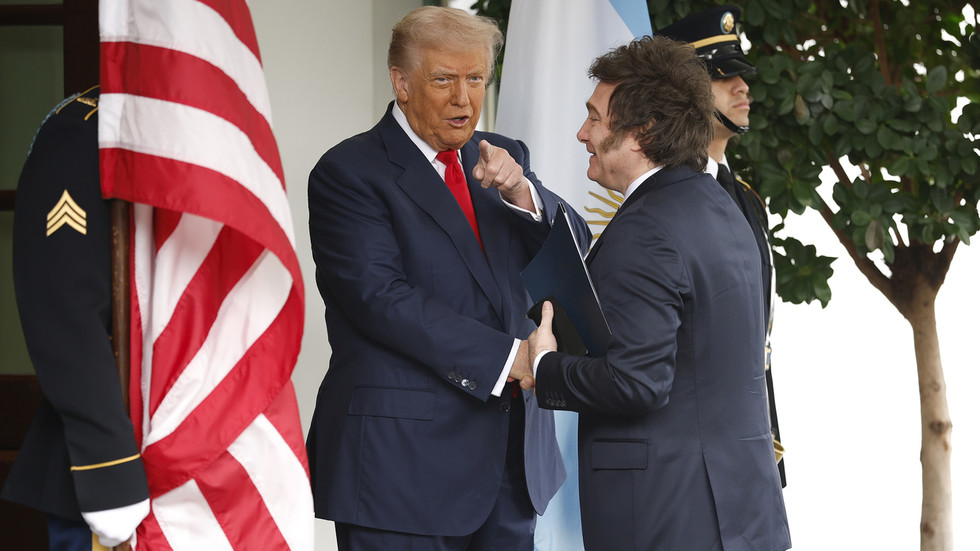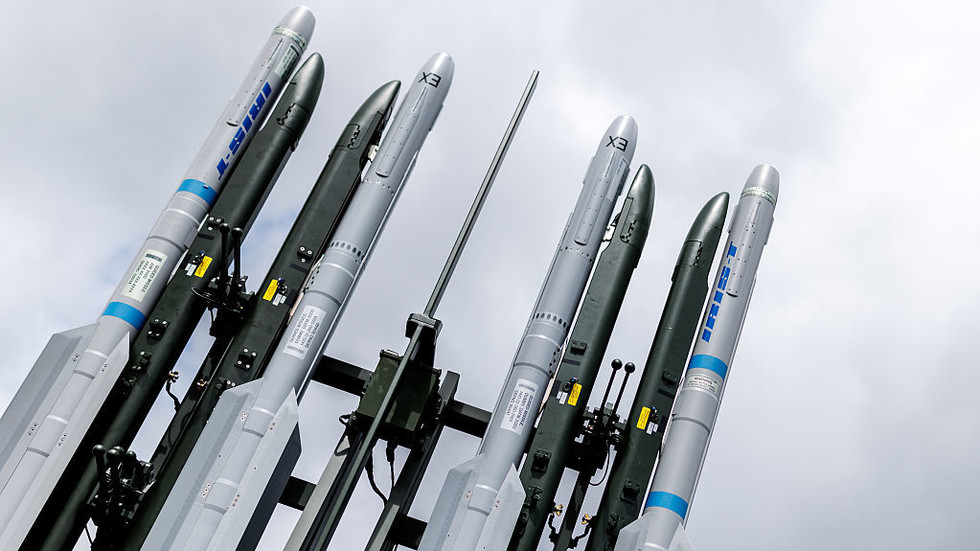OPINION — Precision
U.S. airstrikesagainst Iran’s nuclear program last June demonstrate American technological prowess built on decades of 20th Century Cold War Era investment and innovation. Today, the U.S. continues to originate new technology, yet it finds itself in a race with rivals such as China and Russia to dominate AI, quantum computing, robotics, semiconductors, cyber, and other frontier technologies poised to define global leadership in the 21st Century.
To prevail and prosper in this new geopolitical struggle, the U.S. must build and maintain networks of investors, customers, and collaborators among allies with common values and interests. By forging such networks, the U.S. can accelerate the technology innovation and implementation velocity crucial to outpacing its rivals and their formidable manufacturing capacity, human talent base, and financial resources.
Opportunities (and Risks) of Buyer Alliances
Much of Washington’s bipartisan consensus on the necessity of American technology leadership has rightly focused on the nation’s capacity to “build the future” at home, safely beyond China’s sphere of predation in East Asia, creating American jobs and national wealth, and on terms that ensure these technologies reflect American values.
National innovation initiatives, such as the CHIPS Act, support domestic production of advanced semiconductors, and the Trump and Biden Administrations have rightly advocated robust domestic AI innovation initiatives within our own borders.
But the other side of the 21st Century innovation race is a sprint to forge strong alliances abroad, with buyers who will accelerate domestic efforts by investing in, buying, deploying, and fine tuning U.S. innovations at a greater scale and profit than would ever be possible were U.S. builders limited to merely selling to U.S. government agencies and corporations at home.
Numerous U.S. allies and potential allies in Europe, Asia, the Middle East, and beyond share security concerns about aggressive states such as China, Russia, Iran, and North Korea, and many share U.S. concerns related to the economic, intelligence, and security implications of future dependence on technologies developed in China.
While Chinese-based technology builders such as Huawei and DeepSeek have potential to outpace U.S. competitors in the coming years, the Western innovation ecosystem continues to produce the finest and greatest variety of technology solutions. By leveraging allied investments in new digital infrastructure and national security, U.S.-based technology builders can assert their industrial advantages over Chinese competitors in quality, variety of options, and open standards to enable these states to implement the technologies they require to modernize, while protecting themselves from aggression and maintaining their digital sovereignty.
Should the U.S. fail to forge these essential partnerships, Chinese rivals will outflank America’s technology builders, penetrate and gain permanent footholds in foreign markets, and establish global technology hegemony over the world’s frontier technologies, and the future.
The Cipher Brief brings expert-level context to national and global security stories. It’s never been more important to understand what’s happening in the world. Upgrade your access to exclusive content by becoming a subscriber.
A Common Defense of Buyer Alliances Strengthens US National Security
These technology buyer partnerships are not merely about hardware and software sales, market penetration, technology jobs, and reinvestment of newly created wealth at home. By deploying U.S. national security technologies across a wide range of allies abroad, the cost of building, maintaining, and enhancing them at home will decline as their efficacy, lethality, and capacity to deter aggression will surge.
It was the open markets of globalization that enabled Chinese firms to build up tremendous commercial manufacturing capacity in everything from electric cars to computing and telecommunications systems, robotics, ships, pharmaceuticals, and drones. The CCP has leveraged this manufacturing capacity and technical expertise to build new military technology capabilities to threaten the U.S. and its allies. China’s dual-use manufacturing capacity is on vivid display in Ukraine, where the country’s warfighters favor inexpensive, highly-functional drones built with components manufactured in China.
U.S. cybersecurity, AI, and defense tech software technologies are only as impactful as their feedback loops—their capacity to ingest massive amounts of threat and performance data in order to learn and improve their defensive capabilities moving forward.
In the same way U.S. drone technologists are observing and learning how drones are performing (and under-performing) in contested Russia-Ukraine battlefield environments, deploying American security technologies along all fronts of geopolitical conflict will make U.S. defenses at home smarter, faster, more creative, more autonomous, and more lethal based on their ability to learn how our adversaries are operating and understanding the weapons and tactics they are likely to use against America’s military and homeland.
Finally, establishing U.S. technologies’ dominance in more countries ensures the U.S. will define technology standards as they are adopted more broadly. As they are adopted, the U.S. and its allies are in a better position to collaborate, surge resources as needed, and execute to resolve threats faster in times of tremendous crises.
The Race Ahead
We applaud the Trump Administration’s efforts to build on existing domestic “technology builder” initiatives by opening new markets for buyers of American frontier technologies. This “technology buyer” diplomacy was on display in April when President Trump, accompanied by leading technology executives from OpenAI, Nvidia, and others, visited members of the Gulf Cooperation Council (GCC) to establish substantial technology partnership deals. We strongly support the Administration’s efforts to negotiate sector-specific partnerships in AI, semiconductors, cybersecurity, and rare earths supply chains with NATO, the EU, Japan, South Korea, India, Taiwan, Ukraine, Australia, and others.
Winning the 21st Century innovation race will ensure America's long-term national security, economic prosperity, and freedom to determine its own destiny. Policymakers have achieved a rare consensus that existential geopolitical rivalries demand the US maximize the unique strengths of its private sector with public sector advocacy and investment at home. But because the geopolitical struggle with China and others is global and the stakes of the competition so high, America must forge partnerships that accelerate its investments and efforts at home to effectively meet the challenges confronting her abroad.
Sign up for the Cyber Initiatives Group Sunday newsletter, delivering expert-level insights on the cyber and tech stories of the day – directly to your inbox. Sign up for the CIG newsletter today.
The Cipher Brief is committed to publishing a range of perspectives on national security issues submitted by deeply experienced national security professionals.
Opinions expressed are those of the author and do not represent the views or opinions of The Cipher Brief.
Have a perspective to share based on your experience in the national security field? Send it to Editor@thecipherbrief.com for publication consideration.
Read more expert-driven national security insights, perspective and analysis in The Cipher Brief

 2 hours ago
1
2 hours ago
1










 English (US) ·
English (US) ·